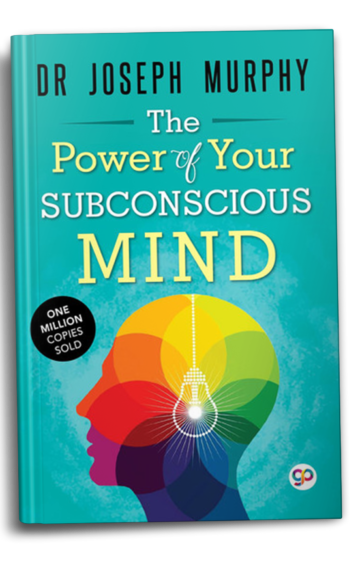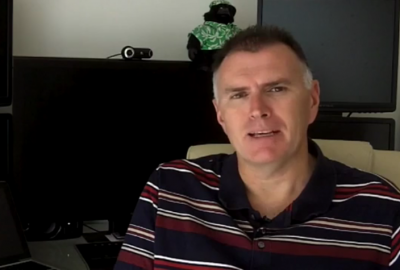

In this theory, he differentiated between Wahrnehmungszeichen ("Indication of perception"), Unbewusstsein ("the unconscious") and Vorbewusstsein ("the Preconscious"). In 1896, in Letter 52, Freud introduced the stratification of mental processes, noting that memory-traces are occasionally re-arranged in accordance with new circumstances.


The only trustworthy antithesis is between conscious and unconscious. He is probably not clear about any of it.

If someone talks of subconsciousness, I cannot tell whether he means the term topographically – to indicate something lying in the mind beneath consciousness – or qualitatively – to indicate another consciousness, a subterranean one, as it were. He later abandoned the term in favor of unconscious, noting the following: Sigmund Freud used the term "subconscious" in 1893 to describe associations and impulses that are not accessible to consciousness. Locke and Kristof write that there is a limit to what can be held in conscious focal awareness, an alternative storehouse of one's knowledge and prior experience is needed, which they label the subconscious. In the strict psychological sense, the adjective is defined as "operating or existing outside of consciousness". Janet argued that underneath the layers of critical-thought functions of the conscious mind lay a powerful awareness that he called the subconscious mind. The word subconscious represents an anglicized version of the French subconscient as coined in 1889 by the psychologist Pierre Janet (1859–1947), in his doctorate of letters thesis, De l'Automatisme Psychologique. In psychology, the subconscious is the part of the mind that is not currently of focal awareness.


 0 kommentar(er)
0 kommentar(er)
